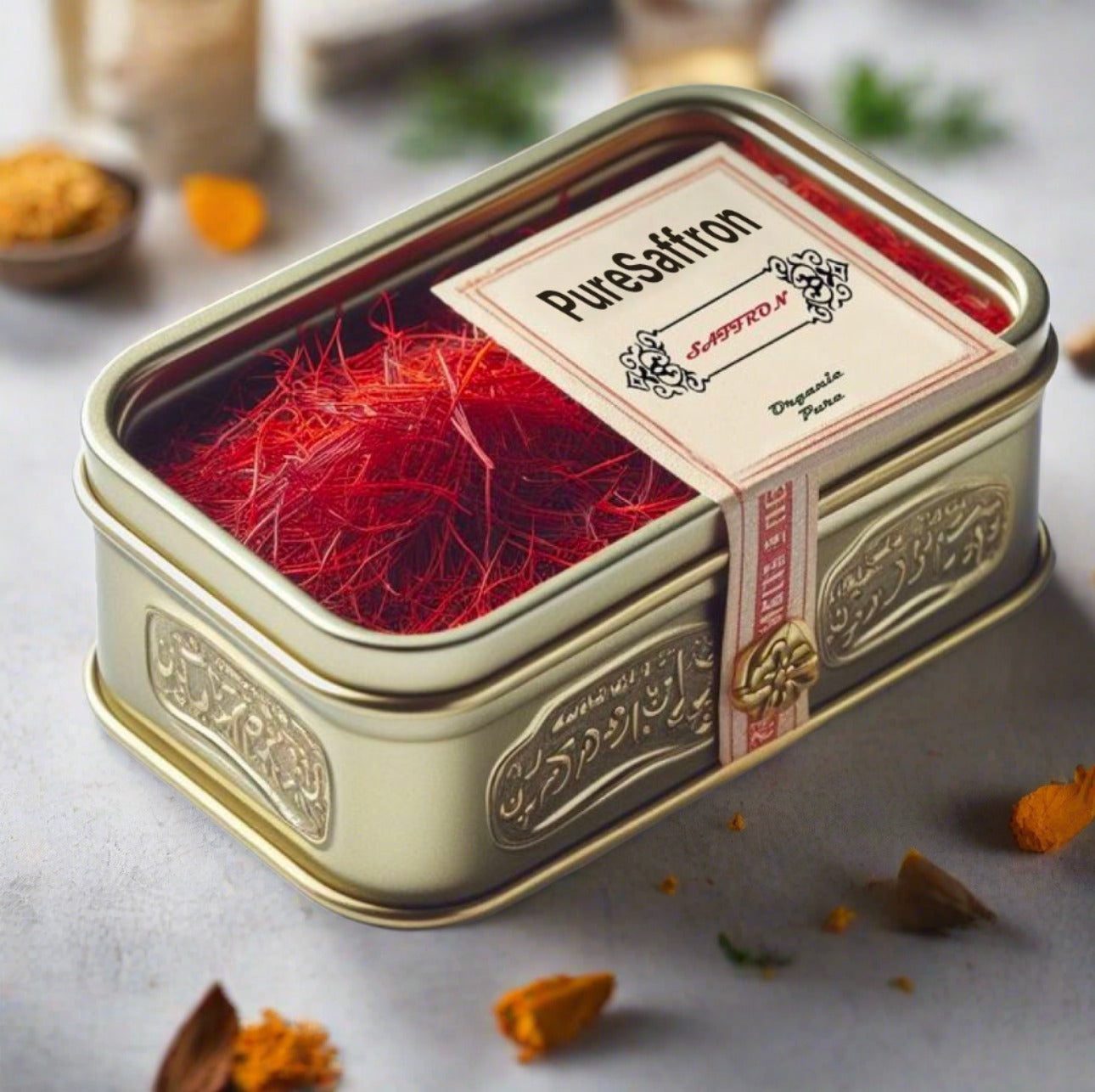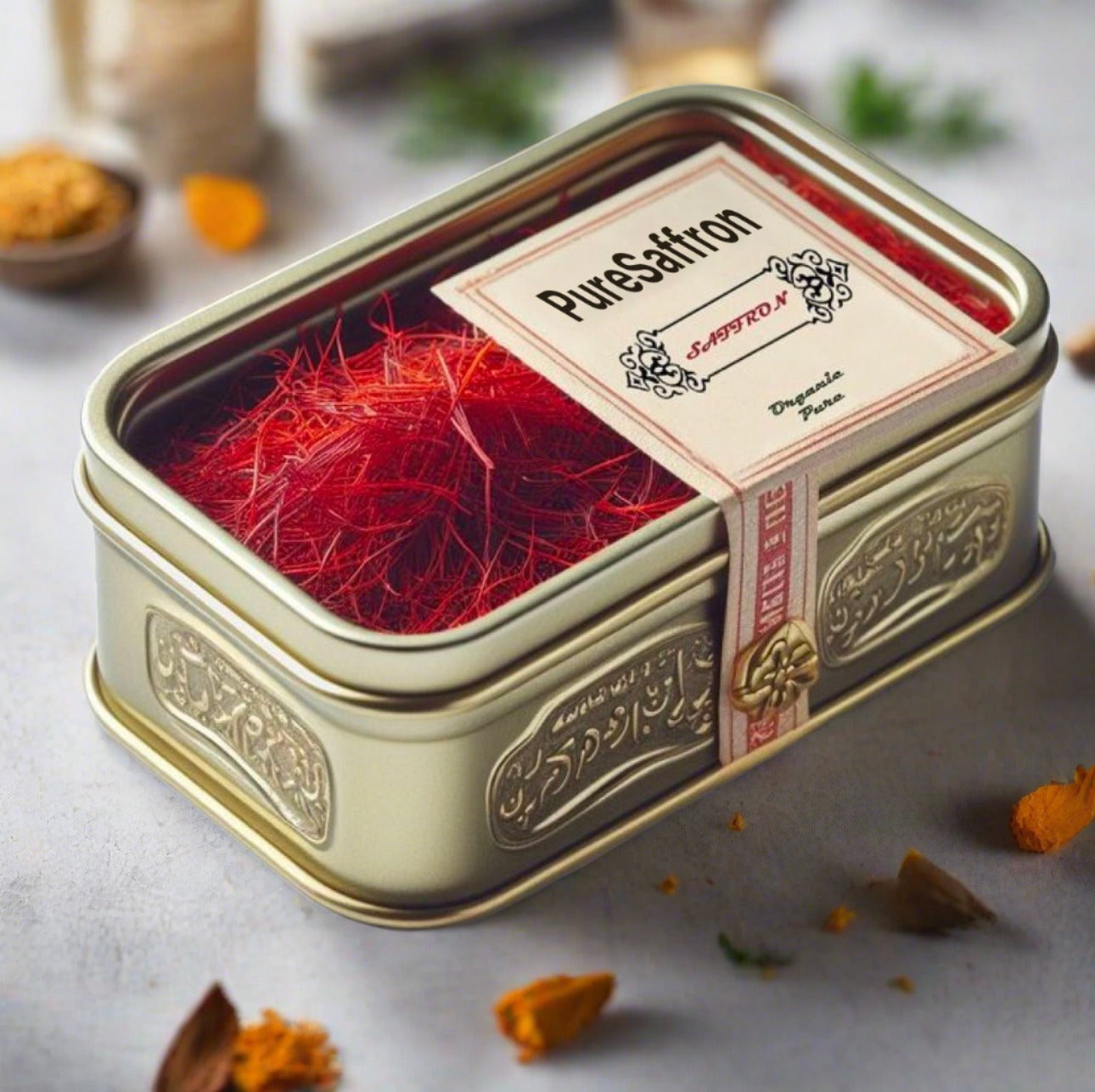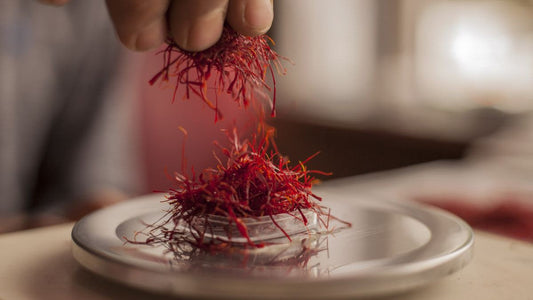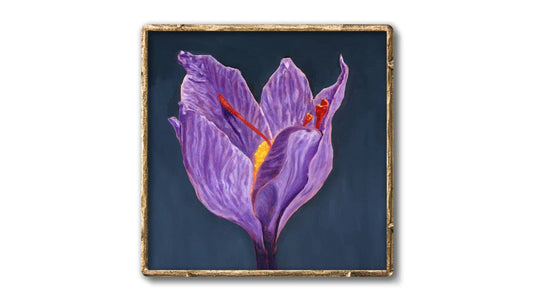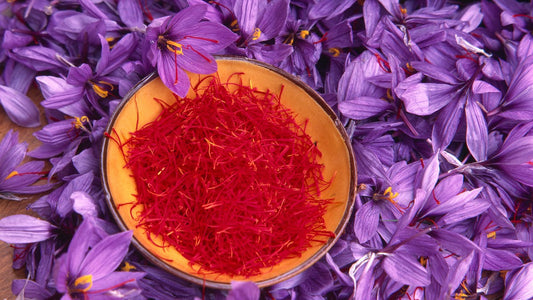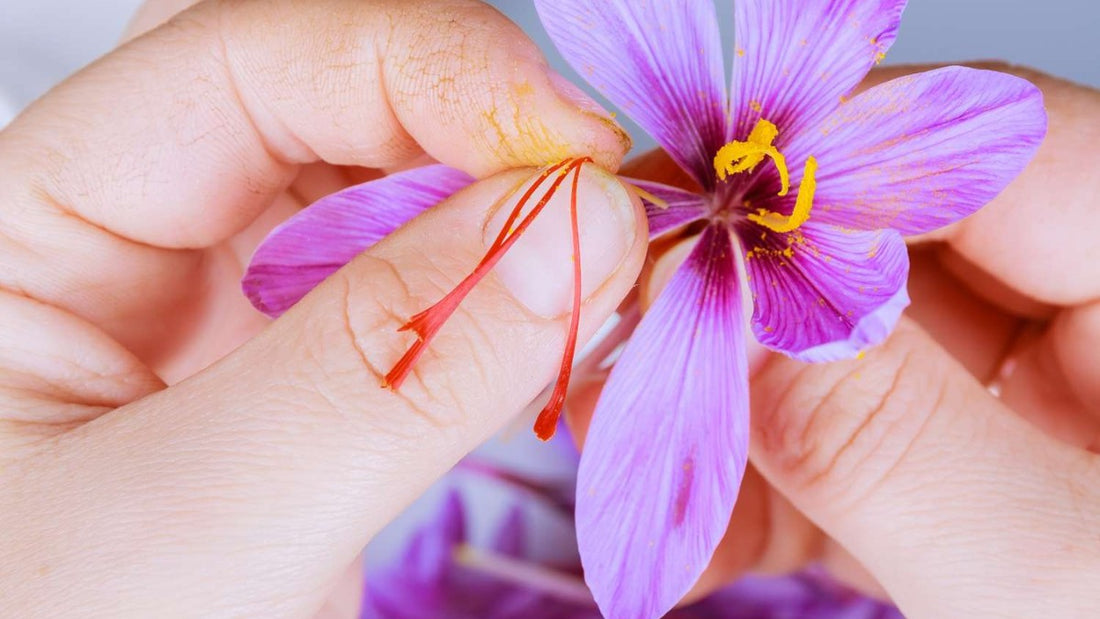
Saffron Certification Standards: Ensuring Quality and Authenticity
Ara OhanianShare
Saffron, often referred to as "red gold," is one of the world's most valuable spices. Its rarity, labor-intensive harvesting process, and incredible flavor profile make it a premium product. However, with such high demand, the market is rife with counterfeit and low-quality saffron. This is where saffron certification standards come into play, ensuring that consumers receive only the best, purest saffron.
In this blog, we’ll explore what saffron certification standards are, why they matter, how they work, and what you should look for when buying saffron. By the end of this article, you’ll be well-equipped to make informed purchasing decisions and avoid being duped by subpar products.
What Are Saffron Certification Standards?
Saffron certification standards are guidelines and benchmarks established by regulatory bodies to ensure the quality, authenticity, and safety of saffron. These standards help differentiate genuine saffron from counterfeit or adulterated products. They also ensure that the product meets specific quality parameters, such as purity, moisture content, and coloring strength.
These certifications are essential because saffron is often mixed with additives, artificial colors, or even lower-grade materials to increase weight or mimic its appearance. Without proper certifications, it becomes challenging for consumers to discern whether the saffron they are purchasing is genuine or not.
Why Are Saffron Certification Standards Important?
The importance of saffron certification standards cannot be overstated. Here’s why they matter:
- Consumer Protection: Certifications protect consumers from purchasing adulterated or fake saffron.
- Quality Assurance: They ensure that the saffron meets specific quality metrics, such as aroma, flavor, and color.
- Market Regulation: Certification standards help maintain fair trade and prevent fraudulent practices in the saffron industry.
- Global Trade: For exporters and importers, certifications are often a prerequisite for international trade.
- Health Safety: Certified saffron is free from harmful chemicals, pesticides, and additives, ensuring it is safe for consumption.
Key Saffron Certification Standards and Guidelines
Various organizations and regulatory bodies have developed standards for saffron quality and authenticity. Below are some of the most recognized saffron certification standards:
ISO 3632 Certification
The International Organization for Standardization (ISO) developed the ISO 3632 standard specifically for saffron. This standard is widely recognized and used globally to measure saffron quality. It evaluates saffron based on three key parameters:
- Crocin: Determines the coloring strength of saffron.
- Picrocrocin: Measures the taste intensity of saffron.
- Safranal: Indicates the aroma level of saffron.
Saffron is categorized into different grades (Category I, II, III, or IV) based on these parameters. Category I saffron is the highest quality.
Organic Certifications
Organic certifications ensure that saffron is cultivated without the use of synthetic pesticides, herbicides, or fertilizers. Examples of organic certification bodies include:
- USDA Organic (United States)
- EU Organic (European Union)
- India Organic (India)
Organic saffron is not only environmentally friendly but also safer for consumption.
Country-Specific Certifications
Some countries have their own certification programs to ensure saffron quality. For example:
- Iran: As the largest saffron producer globally, Iran has stringent local standards governed by the Iranian National Standardization Organization.
- Spain: Spanish saffron producers often adhere to Protected Designation of Origin (PDO) standards, particularly for La Mancha saffron.
How to Check for Certified Saffron
When purchasing saffron, look for the following indicators to ensure that it meets certification standards:
- Label Information: Check the packaging for ISO 3632 grade, organic certification seals, or country-specific certifications.
- Laboratory Tests: Some premium brands provide lab test results for their saffron, verifying its purity and quality.
- Reputable Sellers: Purchase from trusted sellers or brands with a history of providing certified products.
- Transparent Sourcing: Certified saffron brands often disclose the origin of their saffron, such as Persian saffron from Iran or La Mancha saffron from Spain.
If you’re in search of high-quality, certified Persian saffron, check out our Pure Persian Saffron to experience the gold standard of saffron quality.
Common Issues with Non-Certified Saffron
Purchasing saffron that lacks proper certification can result in several problems, including:
- Adulteration with synthetic dyes or other materials.
- Lower coloring strength, taste, and aroma.
- Potential health risks due to contamination or harmful additives.
- Paying a premium price for a substandard product.
Always prioritize certified saffron to ensure you receive a product that is pure, authentic, and safe for consumption.
Conclusion
Saffron certification standards play a crucial role in ensuring the quality, authenticity, and safety of this precious spice. From ISO 3632 grading to organic certifications, these standards provide consumers with the confidence to choose only the best saffron available. By understanding these certifications, you can make informed choices and enjoy the full benefits of genuine saffron.
To experience the unparalleled quality of certified saffron, explore our collection of premium products here.
FAQs About Saffron Certification Standards
1. What is ISO 3632 certification for saffron?
ISO 3632 is a globally recognized standard that evaluates saffron based on its coloring strength (crocin), taste (picrocrocin), and aroma (safranal). It categorizes saffron into different grades, with Category I being the highest quality.
2. How can I verify if saffron is certified?
Look for certification seals, such as ISO 3632 or organic certifications, on the packaging. Reputable brands often share lab test results to confirm the saffron's purity and quality.
3. What are the risks of buying non-certified saffron?
Non-certified saffron may be adulterated with synthetic dyes, lower-grade materials, or harmful additives. It may also lack the aroma, taste, and coloring strength of genuine saffron.
4. Is organic saffron better than conventional saffron?
Organic saffron is grown without synthetic pesticides or fertilizers, making it a healthier and more environmentally friendly option. However, both organic and conventional saffron should meet quality standards to be considered high-grade.
5. Why is Persian saffron considered the best?
Persian saffron, primarily from Iran, is renowned for its exceptional aroma, vibrant color, and rich flavor. The region's climate and soil conditions are ideal for cultivating high-quality saffron.
